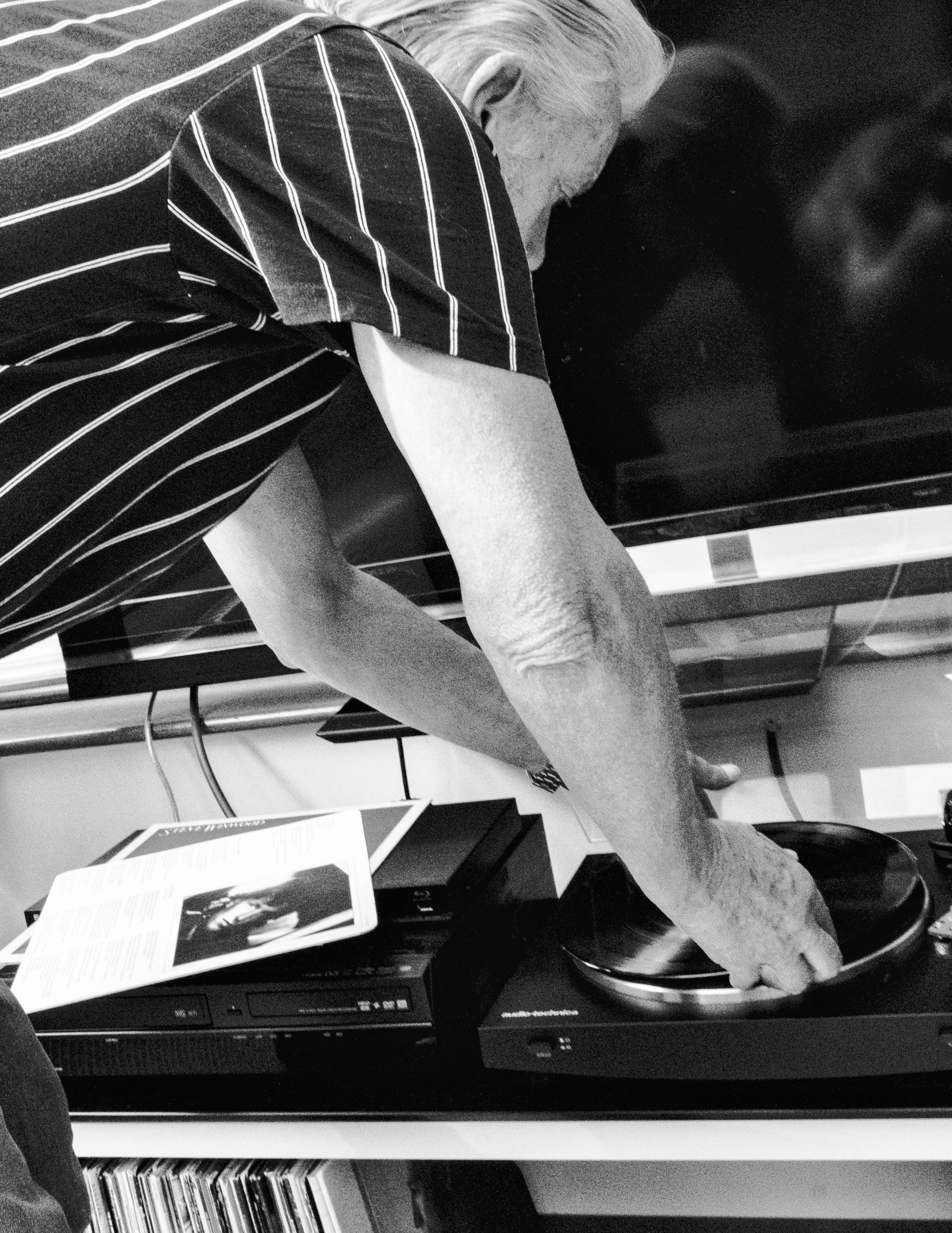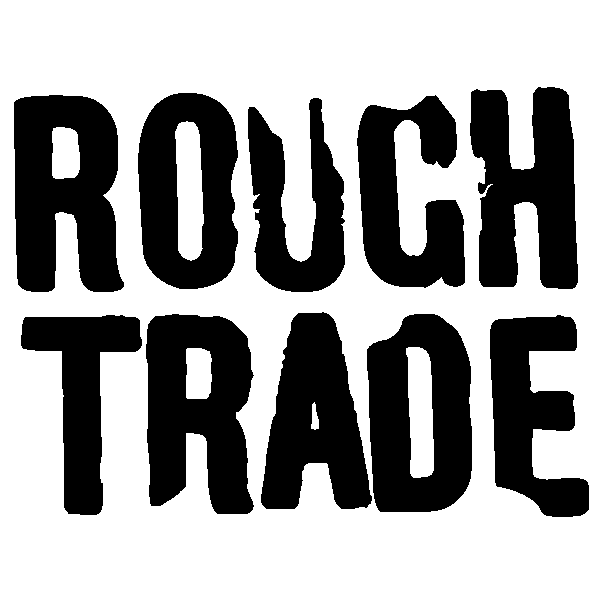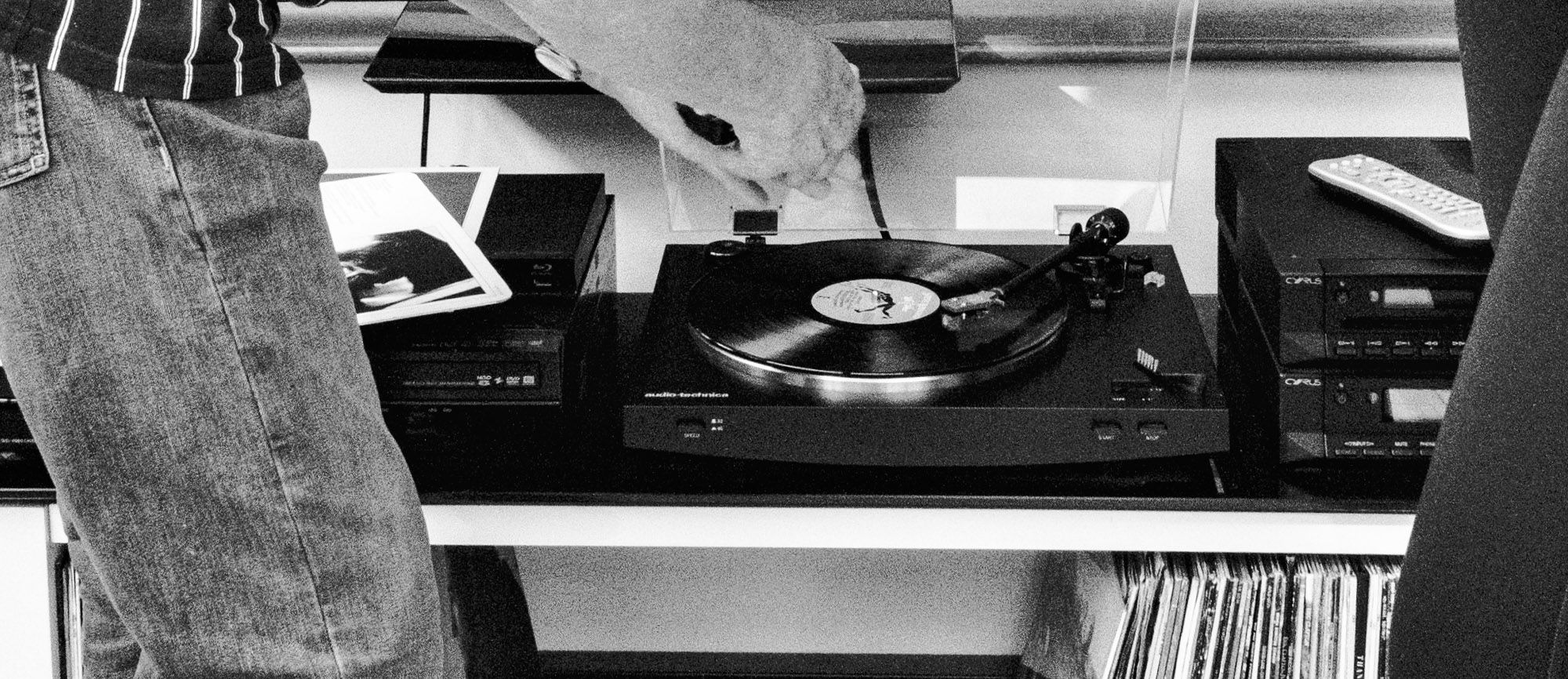Part of any record collector’s routine involves maintaining and restoring old vinyl.
Over time, vinyl material can wear and tear, leading to the loss of records that may have a priceless worth in both monetary and sentimental value. So, it’s important to care for these records to prevent any damage – whether you’re looking to sell vintage records in the future or simply keep them in mint condition for years of future listening.
But it isn’t as simple as dusting off record sleeves and wiping down vinyl. Cleaning and restoring vinyl is a delicate process.
In this guide, our Rough Trade record experts offer a step-by-step guide on how to properly clean, store and even restore vinyl.

Vinyl cleaning, restoration and storage - a guide
How do you clean vinyl?
Cleaning vinyl is an important part of keeping records in top condition either for sentimental purposes or as part of a collection for sale.
The most effective way to clean vinyl is to buy a record-cleaning kit. But there are some alternative DIY methods for those looking to spruce up records using household items.
The key to cleaning vinyl is to remove grease and dirt, as well as dust to avoid any static damage when spinning the record. Below is a step-by-step guide on how to clean vinyl:
- Step 1 – Choose a Cleaning Solution: First, it’s important to choose the right record cleaning solution. This should contain a low (or absent) isopropyl content to avoid the risk of the vinyl’s protective layer wearing away. Likewise, de-ionized water is a must to avoid static transmissions that could damage vinyl.
- Step 2 – Remove Static and Dust: Using an anti-static brush and microfibre cloth, carefully sweep away the first layer of grime, being careful to follow the direction of the vinyl grooves and avoid undercutting them – which can cause damage to the sound quality and playability of the record.
- Step 3 – Inspect the Record: Once the record has been cleaned, inspect it thoroughly for problem areas. This includes fingerprints, greasy patches, and smudges. Be sure to rotate the record angle under a strong light to catch any spots hidden by shadows.
- Step 4 – Spot Clean: If there are any damaged areas, gently apply the cleaning solution with either a low-pressure spray nozzle or by gently dabbing the liquid onto the vinyl with a microfibre cloth. Follow the vinyl grooves while avoiding adding pressure, as this could snap, warp or otherwise damage the record. Generally, avoid using cleaning solutions on the record’s label. This both damages the label and devalues the record.
- Step 5 – Dry the Record: While you may be tempted to let a record air-dry to minimise any pressure placed on it, this may also allow dust to resettle on the surface. Instead, use a microfibre cloth or static brush to gently sweep across the surface of the record, keeping in line with the vinyl grooves to remove any wet patches from the vinyl’s surface.
- Step 6 – Store the Record Safely: Next, it’s important to store the newly-clean record safely in a protective sleeve, somewhere it won’t get too hot.
Rough Trade stock the classic AM Record Cleaning Set and stylus brush to help you clean without smudging, scratching or marking your favourite records.
How do you restore vinyl?
Despite best efforts, sometimes our vinyl records become marked, scratched or damaged – or perhaps a damaged vinyl is bought for a low-value price in the hopes of reselling. Either way, vinyl restoration is the perfect solution…
There are two main types of damage that can impact vinyl, aside from outright snapping (from which vinyl cannot be repaired). The first is warping – where the integrity of the vinyl is compromised and otherwise misshapen. The second type is scratching – where the surface grooves are marked or scuffed. Below are step-by-step guides on how to restore vinyl from any type of damage:
How to repair a warped record
The best way to repair a warped record is by using a dedicated record flattener. Below is a simple and easy guide on how to effectively use one:
- Step 1: Simply sandwich the record between both halves of the flattener.
- Step 2: Turn the vinyl flattener on and allow it to run for the specified time. The first process is heating the vinyl - making it malleable to flatten any warped areas - while the next step is cooling it down to set in its new flattened state.
- Step 3: Ensure the vinyl flattener is fully cooled before removing the vinyl and placing it back into storage.
How to repair a scratched record
Unfortunately, for the most part, scratches on the surface of vinyl records are often irreparable (if your new purchase arrived damaged, best course of action is always to return it to the source and get a replacement). The best and safest way to attempt to repair a lightly scratched vinyl record is with a quality anti-static record cleaning machine. Below is a guide on how to use one:
- Step 1: Clamp both repair disks to the front and back of the record.
- Step 2: Fill the cleaning bath with vinyl cleaning fluid and rest the newly clamped record on the groove at the top of the cleaning bath.
- Step 3: Rotate the vinyl around its central axis and allow the brushes to clean each side of the record as they pass through the bath.
- Step 4: Once cleaned, gently remove the record from the clamps and leave it on a rack to dry.
How do you store vinyl?
Storing vinyl safely means more than just placing it on a living room shelf. If you’re looking to keep your valuable or beloved records safe from the elements, below are the dos and don’ts of vinyl storage:
Don’t
- Don’t Store in Attics and Garages: While they’re perfect for storing hardy items, they’re not for vinyl. Both areas tend to be sheltered but still exposed to the elements, including extreme heat, cold and humidity. This can make vinyl warp and a protective sleeve can’t do much to stop it.
- Don’t Store Vinyl Flat or Stacked: Leaving vinyl lying flat or in a vertical stack can add unnecessary surface pressure to the record at the bottom of the pile.
- Don’t Store in Bright or Sunny Areas: Exposure to heat and direct sunlight can warp vinyl and make records unplayable. Bright light can also bleach and fade album covers.
- Don’t Pack Vinyl Tightly: Removing records from storage should be effortless. If it’s not, you’ve packed your records too tight. This can warp and bend records unnecessarily, making them unplayable.
- Don’t Store Records on The Floor: Keep storage boxes on racks or pallets to allow for airflow beneath the storage boxes and avoid mishaps.
Do
- Store vinyl in protective crates and boxes of the right size, remembering not to pack too many records into one container.
- Make sure storage is well-ventilated and kept at a stable temperature to avoid warping.
- Always use protective exterior sleeves for added protection.
- Keep an indexed collection catalogue to ensure any valuable vinyl is recorded and damaged vinyl is noted for restoration.
- Regularly check on stored items to ensure they aren’t warping or being otherwise damaged by their storage conditions.
Boost the listening experience of your newly-restored vinyl with our range of compatible accessories, from headphones to slipmats.
Frequently Asked Questions (FAQs)
Q: Does alcohol damage vinyl records?
A: While alcohol alone isn’t always damaging, at high volumes, alcohol can wear away a vinyl record’s protective coating – making it more vulnerable to environmental damage such as heat and blunt force. This could potentially lead to the record warping or breaking easily. It’s important to use cleaning products that only contain trace amounts of isopropyl alcohol. In small doses, it shouldn’t be damaging to vinyl records.
Q: What are the ingredients in record cleaning fluid?
A: Record cleaning fluid usually comes with a set of standard ingredients to help remove grime and sanitise a vinyl product. The first ingredient is isopropyl alcohol, a type of alcohol that can damage a vinyl’s protective coating in large quantities. Because of this, no more than 10% of isopropyl can usually be found in the cleaning product. The final two ingredients often include distilled water and dishwashing soap.
Q: Do vinyl records degrade over time?
A: In short, yes. Vinyl records can degrade over time. This is due to the layer of protective coating covering the vinyl wearing away and leaving the record exposed to the full effects of heat warping, physical pressure and various humidities. It’s important to follow the appropriate steps in properly restoring, storing and cleaning old vinyl.
Q: What destroys vinyl records?
A: Vinyl records are delicate pieces of collectable music memorabilia, and because of that, they’re very easy to damage. Firstly, stacking vinyl records in flat piles increases pressure on those lower in the stack, potentially damaging them. Likewise, never use too much isopropyl alcohol during cleaning, as this damages the protective layer covering the vinyl.

